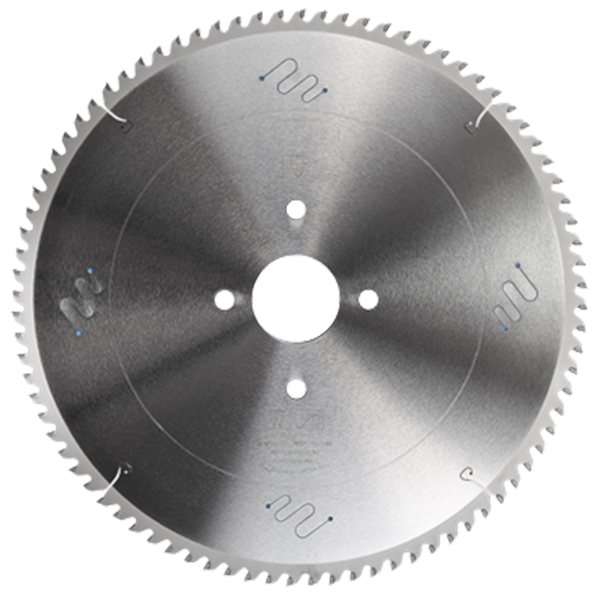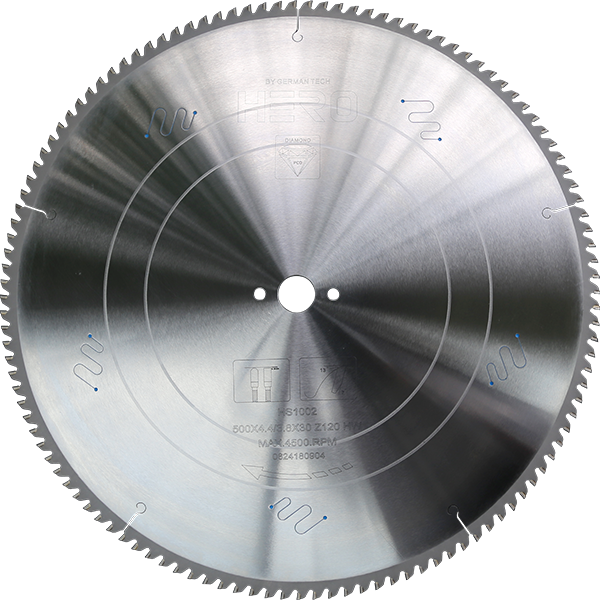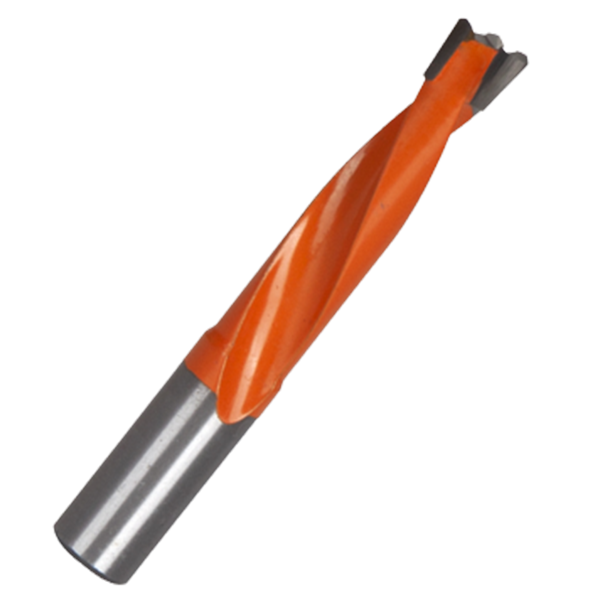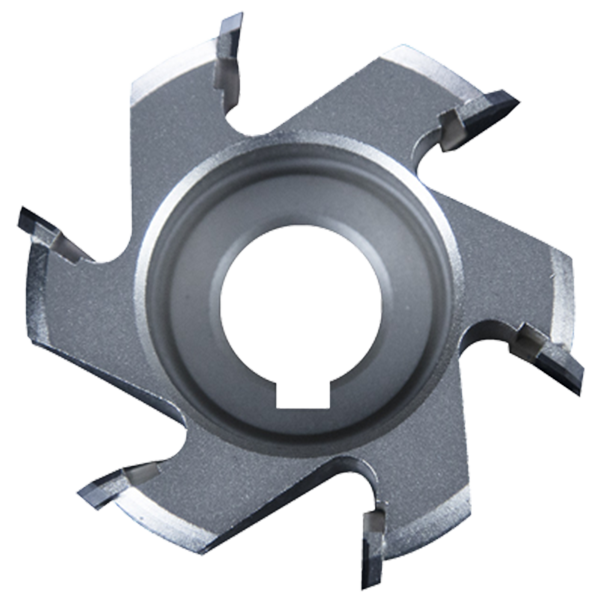How do you maintain Circular Saw Blades?
Whether you’re a carpenter, contractor or any other kind of skilled craftsperson who works with a circular saw, chances are good you’re familiar with a shared dilemma: What to do with your blades when they’re not in use.You want to make sure your saw will last a lifetime. That is why maintenance is important. Maintaining your saw isn’t difficult or a lot of work, but your saw does need a little TLC.Finding an effective way to store saw blades is an essential part of keeping your tools of the trade in prime condition as well as having a system for working efficiently.
There is no denying that storage is an essential aspect of circular saw blade maintenance. Even the finest blades can get damaged if they are not stored correctly. So, whether you’re a carpenter, contractor, or CNC expert, you must pack, handle and store your blades properly.
External factors like extreme cold and moisture pose a threat to saw blades. Hence, to preserve their quality and longevity, you’ll have to find an effective way to store them. Depending on your work and the number of blades you use, below are a few things you need to consider while storing your saw blades.
Three Factors to Consider When Storing Circular Saw Blades
Convenience: While you likely want to have a safer and more organized method for storing saw blades than just hanging them on a hook in the shop, you want a system that’s easily accessible. You need to be able to identify the blades you require and grab it without much effort, while having a place to put the one you’re swapping out.
Function: Circular saw blades can vary significantly by size and dimension. Also, some shops need to store hundreds of blades. Wherever you choose to store blades, it must be able to handle your entire inventory from the smallest to the largest.
Protection: Serious woodworkers invest in the highest-quality blades for their saws to ensure premium performance and lasting durability. Blades banging into each other or left open to elements such as dust and moisture can dull and damage your equipment. The ideal storage scenario keeps blades separated and contained for prolonged service life and longer intervals between sharpening.
Clever Ways to Store Your Circular Saw Blades
If you’ve been searching for a better way to store saw blades since you started woodworking or you’re upgrading your workshop and want to customize it to your needs, there’s a variety of methods to choose from. And since you likely have the skills, in many cases you can build a solution with your own two hands from scratch. The following is a list of ideas on how to store saw blades to help get you inspired:
Magazine-Style Storage Rack: Essentially a rectangular wooden frame mounted to the wall with slightly slanted individual slots, the magazine-style rack is an excellent choice for storing a smaller collection of high-end saw blades and provides a unique look to your workspace.
Slide-Out “CD-Style” Box: Similar to the storage systems we use to keep our Compact Disks in, this type of box completely conceals your saw blades while keeping them organized and accessible.
Knife Block: This type of setup is like the wood block you keep your kitchen knives in, only large and robust enough to hold your heavy saw blades.
Pull-Out Drawer: Built right into your saw table, a pull-out drawer takes up minimal space and lets you reach for the blades you require without stepping away from your saw.
French Cleat Saw Blade Storage: This rack that holds everything from circular saw blades to bandsaw blades is a fun project for any woodworker! Learn how to make this storage rack here and check out the video below!
There are many ways to store saw blades, so you just have to find a method that works best for you. If you’re in the market for the highest-quality circular saw blades, shop our selection at HERO today!
Other Considerations When Handling Circular Saw Blades
Ship Saw Blades with Care
Whenever you send blades for sharpening or repair, be sure not to pack them together. Blades, when rubbed together, are likely to get chipped. The tip of the blade will be the most affected. So wrap them individually using bubble wrap or other suitable material.
Match the Blade to the Application
Always use the right blade for the job you are doing. For instance, do not use a blade designed for wood to cut plastic or acrylic. Different blades are designed to cut different materials; you should use them only for that purpose. Cutting the wrong materials can damage the blade even if you make only a tiny cut.
Also, never rest circular saw blades on cement or steel surfaces. Metal, when used on cement, can chip the top grind. Better rest them on plywood or plastic. Further, protect your blades from excess humidity as it may lead to rust or pit.
Use Saw Blades Safely
Apart from storage, proper use of the saw blades can impact their life and performance. The operator’s safety should be paramount while using the blade, either manually or in a CNC vertical mill. Make sure the machine is unplugged before installing the blades. Also, remember to wear gloves and use the saw cautiously.
Once you start using the machine, do not overheat it or keep it too low while cutting wood. It can cause the fragments to fly backward and injure you. Safety glasses can protect your eyes in such circumstances.
Clean Your Blades Regularly
Your saw will stay sharp and beautiful for longer if you keep it clean. Accumulation of dust, sap, grime, and other materials can dull your blade. It could be one of the reasons why your saw keeps stopping, the cutting performance of your saw deteriorates. Hence, it would help if you cleaned it from time to time.
Removing grime will reduce friction and improve your performance. However, cleaning the blades requires significant consideration, or you might damage them. Nylon and brass brushes are excellent at cleaning blades. But refrain from using wire for cleaning as it can damage them.Olive oil is an effective and environmentally-friendly way to clean the blade. Olive oil dissolves resin, making it easy to remove from the saw blade. Another advantage: chances are you already have it at home! You can also use detergents, but these will affect the material of the handle. For cleaning the saw blade, oven cleaner is also a great option. This is because oven cleaner has a high ‘crawling capacity’, which ensures that resin, sawdust and other debris are easily detached from the saw blade. You can then use a clean, dry cloth to remove the oven cleaner.
Store it in a dry place
Take good care of your saw, even when you’re not using it. Dry it properly, place the saw in the holster and store it somewhere dry. Moisture can cause rust. That would be a shame! Apply a coat of vaseline or maintenance oil.Proper handling and storage are the keys to your blade’s consistent performance. Follow the above guidelines, and you’ll find you’re blades lasting longer, becoming more efficient than ever.
Post time: Jun-13-2024

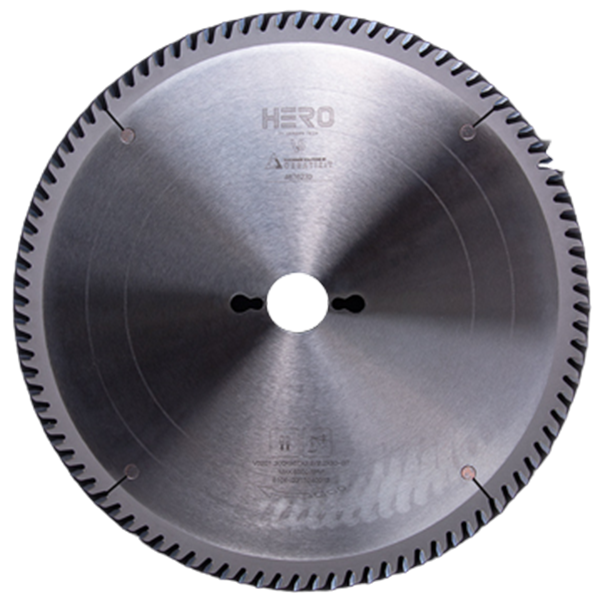 TCT Saw Blade
TCT Saw Blade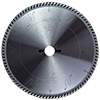 HERO Sizing Saw Blade
HERO Sizing Saw Blade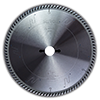 HERO Panel Sizing Saw
HERO Panel Sizing Saw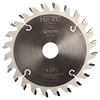 HERO Scoring Saw Blade
HERO Scoring Saw Blade HERO Solid Wood Saw Blade
HERO Solid Wood Saw Blade HERO Aluminum Saw
HERO Aluminum Saw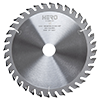 Grooving Saw
Grooving Saw Steel Profile Saw
Steel Profile Saw Edge Bander Saw
Edge Bander Saw Acrylic Saw
Acrylic Saw PCD Saw Blade
PCD Saw Blade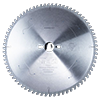 PCD Sizing Saw Blade
PCD Sizing Saw Blade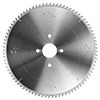 PCD Panel Sizing Saw
PCD Panel Sizing Saw PCD Scoring Saw Blade
PCD Scoring Saw Blade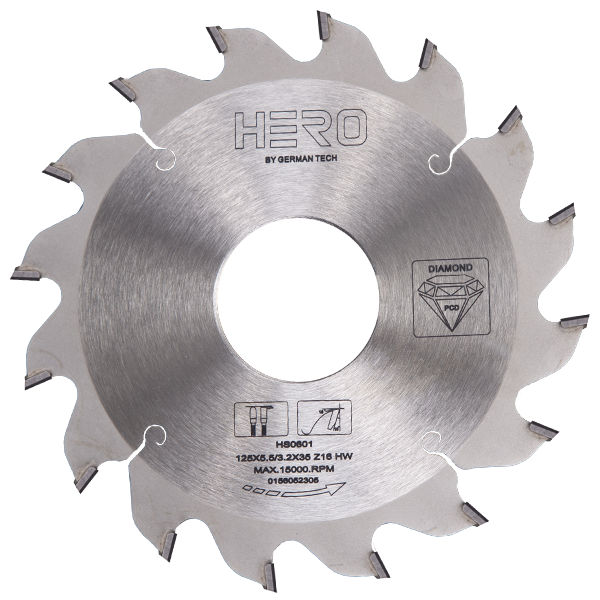 PCD Grooving Saw
PCD Grooving Saw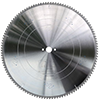 PCD Aluminum Saw
PCD Aluminum Saw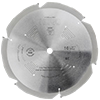 PCD Fiberboard Saw
PCD Fiberboard Saw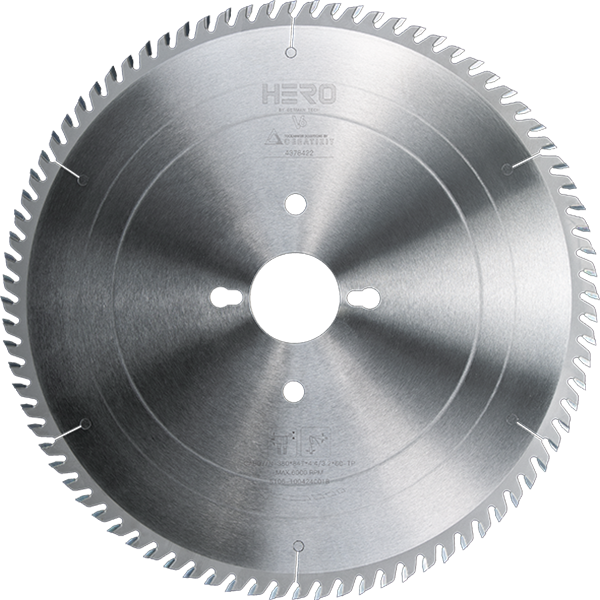 Cold Saw for Metal
Cold Saw for Metal Cold Saw Blade for Ferrous Metal
Cold Saw Blade for Ferrous Metal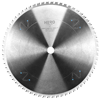 Dry Cut Saw Blade for Ferrous Metal
Dry Cut Saw Blade for Ferrous Metal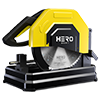 Cold Saw Machine
Cold Saw Machine Drill Bits
Drill Bits Dowel Drill Bits
Dowel Drill Bits Through Drill Bits
Through Drill Bits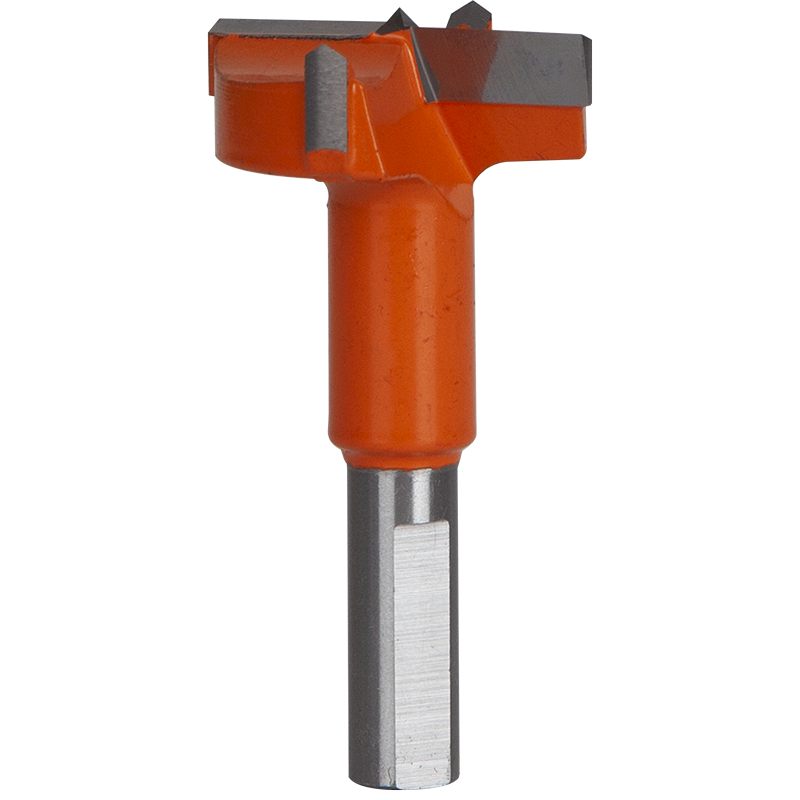 Hinge Drill Bits
Hinge Drill Bits TCT Step Drill Bits
TCT Step Drill Bits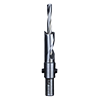 HSS Drill Bits/ Mortise Bits
HSS Drill Bits/ Mortise Bits Router Bits
Router Bits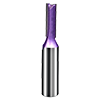 Straight Bits
Straight Bits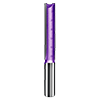 Longer Straight Bits
Longer Straight Bits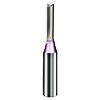 TCT Straight Bits
TCT Straight Bits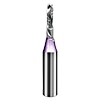 M16 Straight Bits
M16 Straight Bits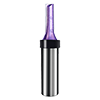 TCT X Straight Bits
TCT X Straight Bits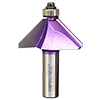 45 Degree Chamfer Bit
45 Degree Chamfer Bit Carving Bit
Carving Bit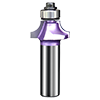 Corner Round Bit
Corner Round Bit PCD Router Bits
PCD Router Bits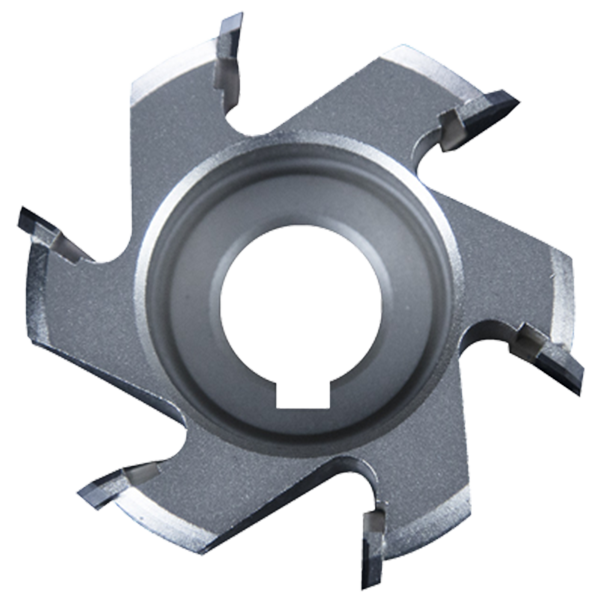 Edge Banding Tools
Edge Banding Tools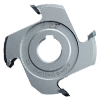 TCT Fine Trimming Cutter
TCT Fine Trimming Cutter TCT Pre Milling Cutter
TCT Pre Milling Cutter Edge Bander Saw
Edge Bander Saw PCD Fine Trimming Cutter
PCD Fine Trimming Cutter PCD Pre Milling Cutter
PCD Pre Milling Cutter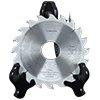 PCD Edge Bander Saw
PCD Edge Bander Saw Other Tools & Accessories
Other Tools & Accessories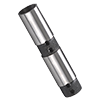 Drill Adapters
Drill Adapters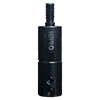 Drill Chucks
Drill Chucks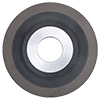 Diamond Sand Wheel
Diamond Sand Wheel Planer Knives
Planer Knives
